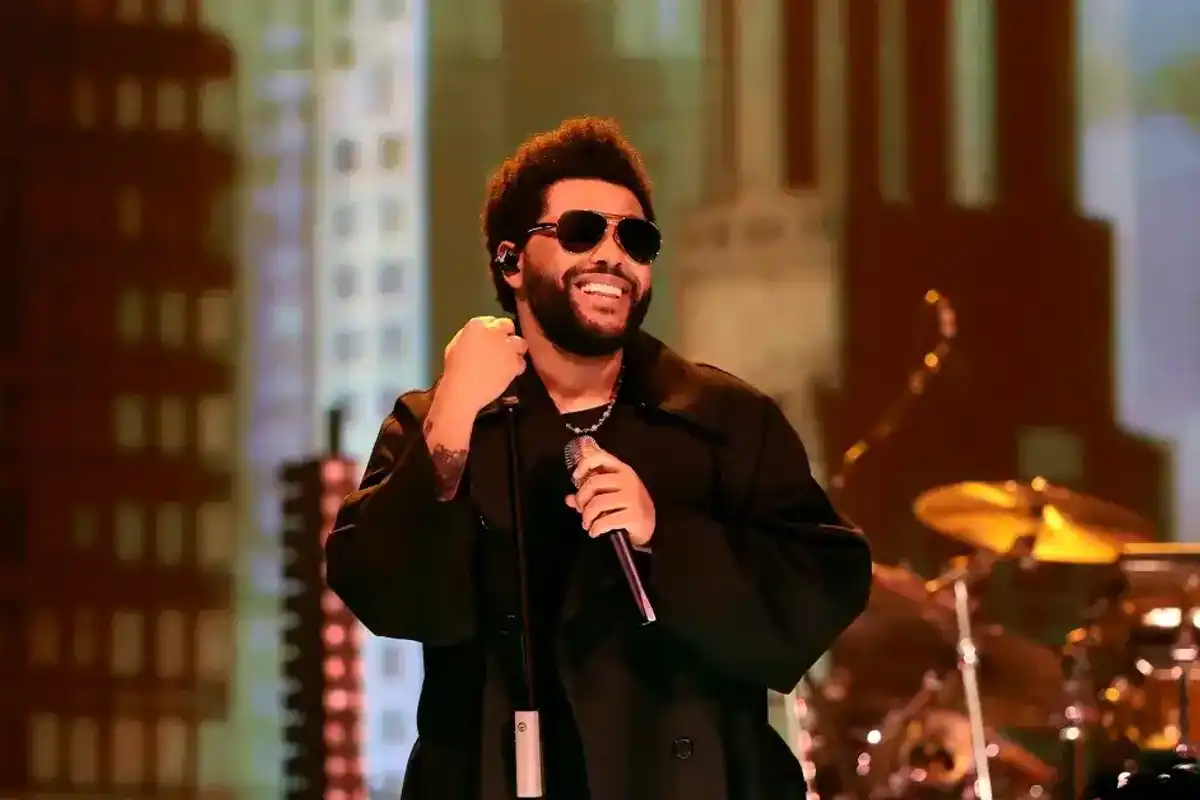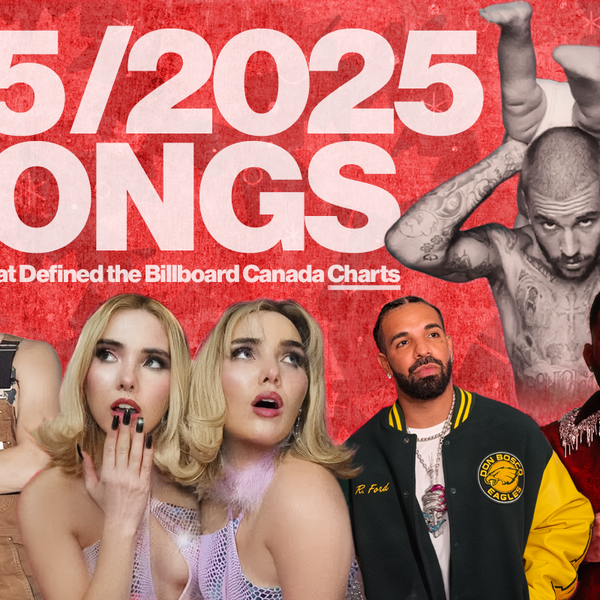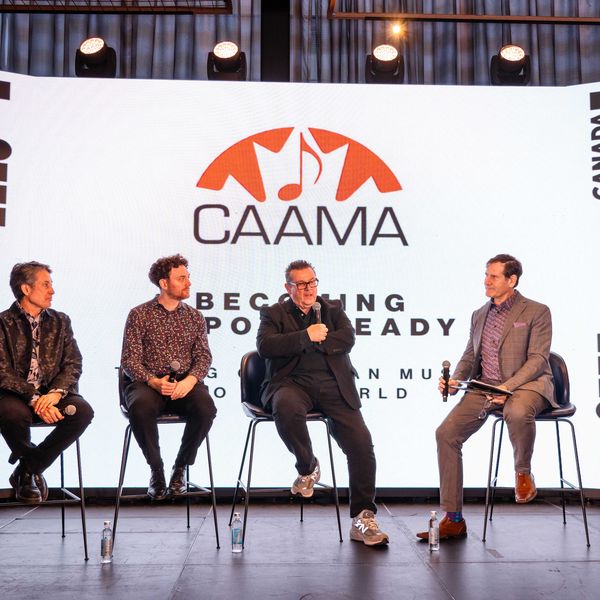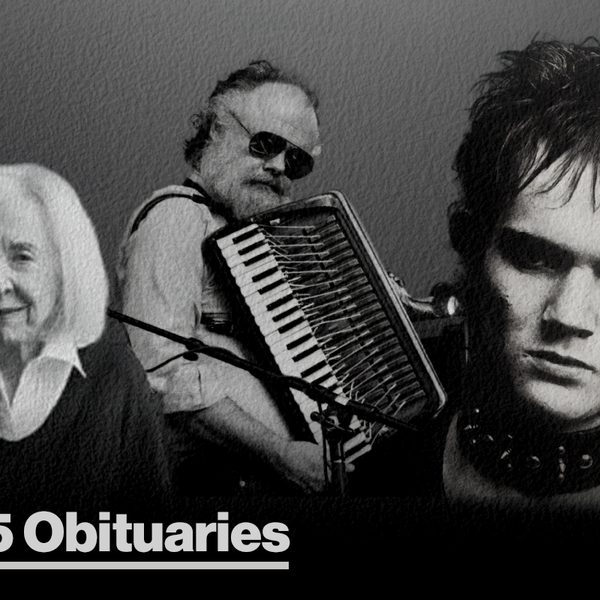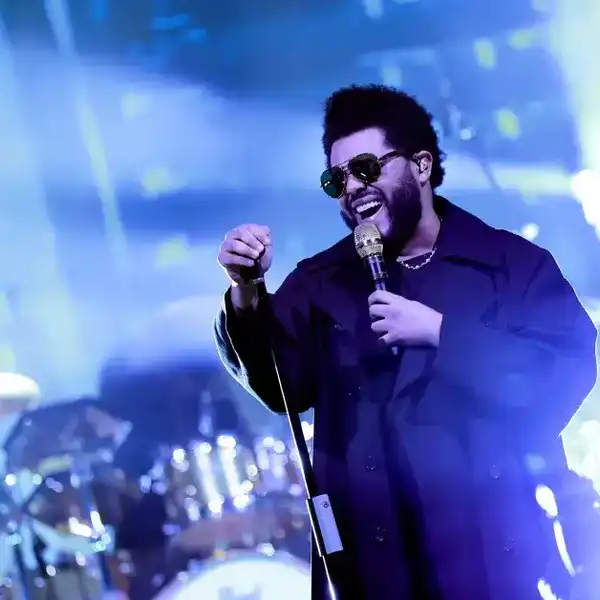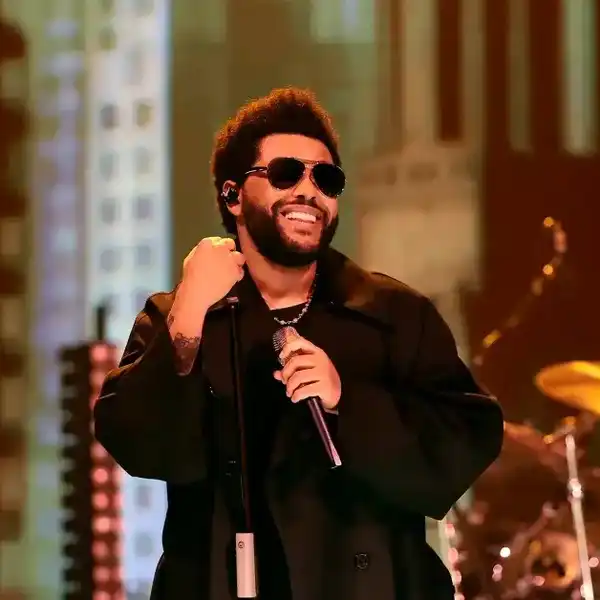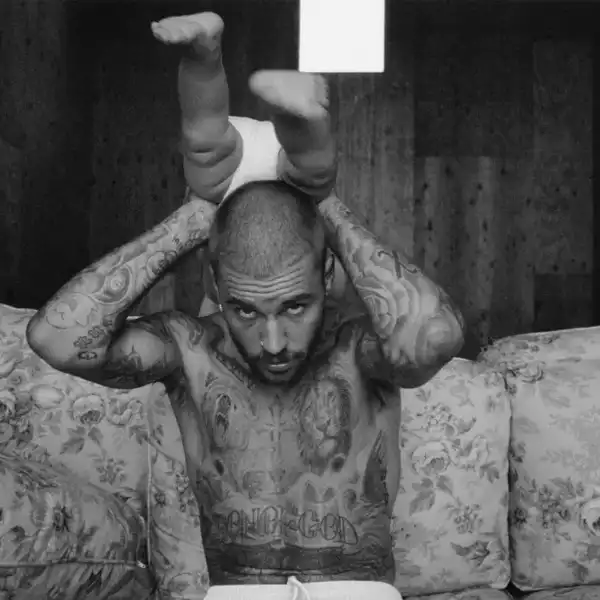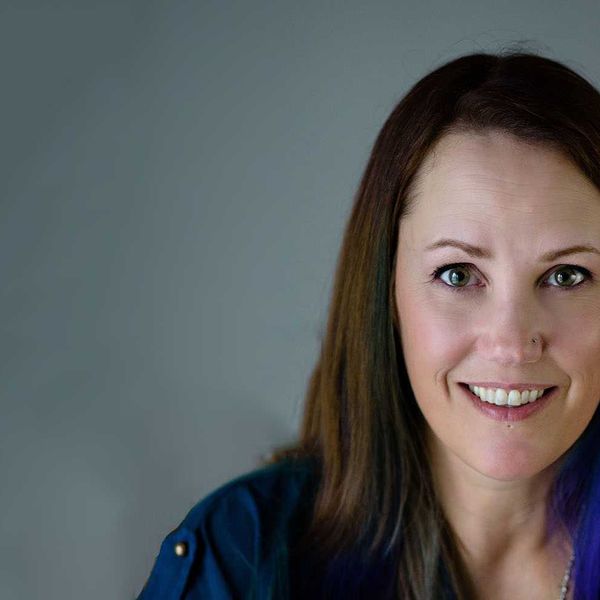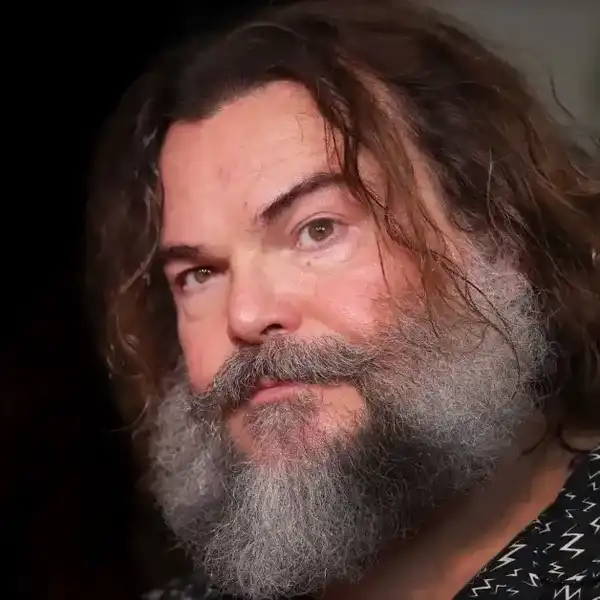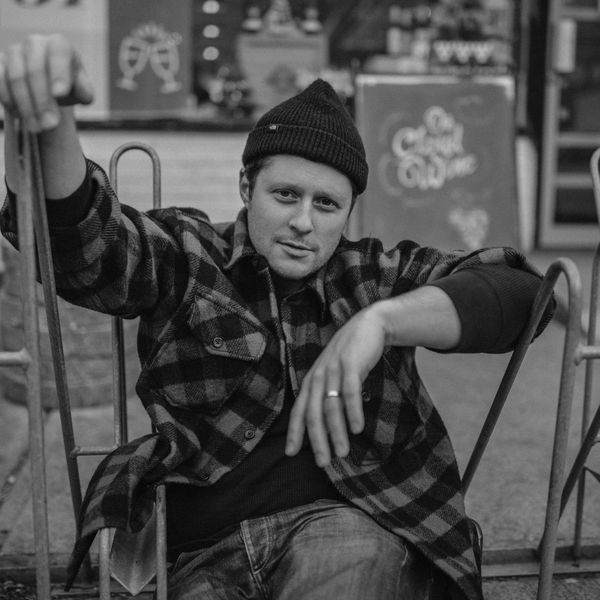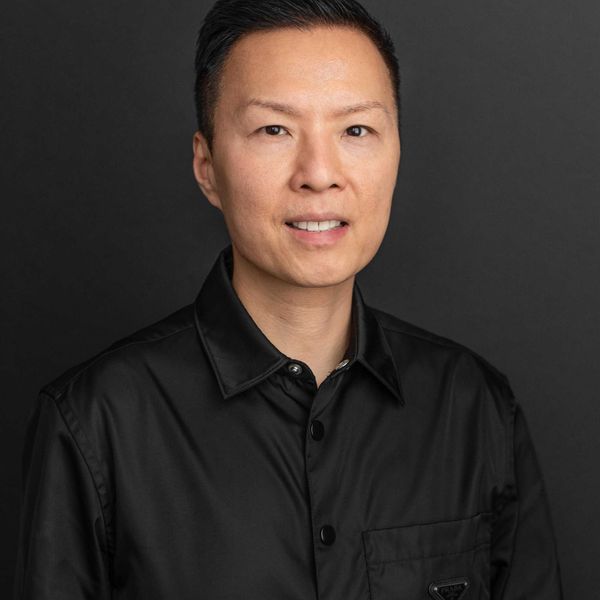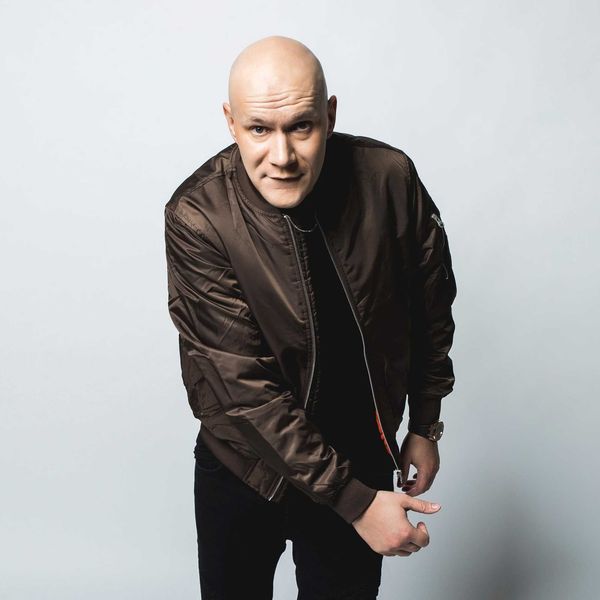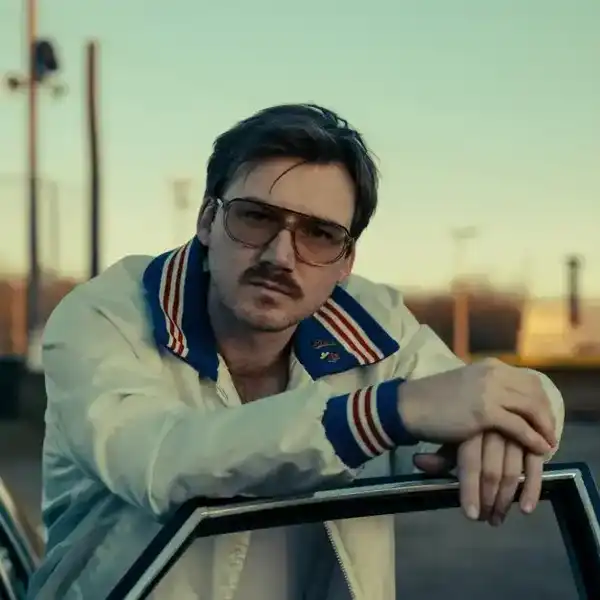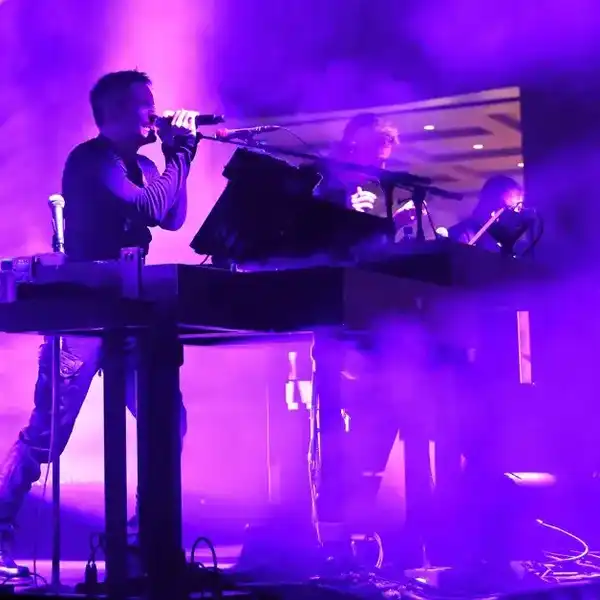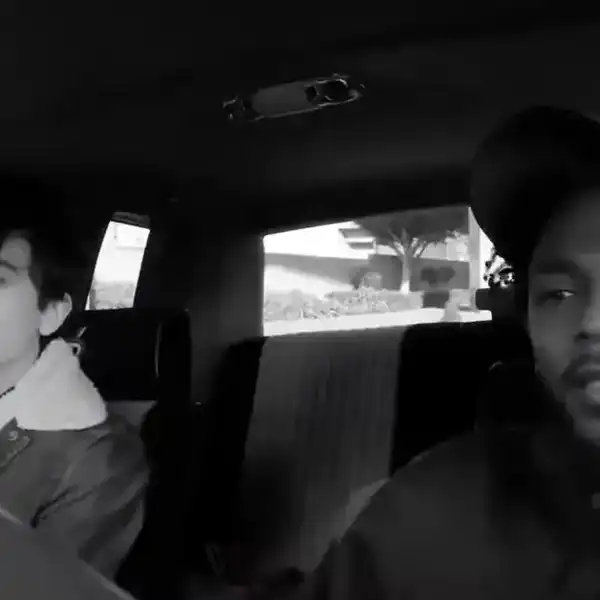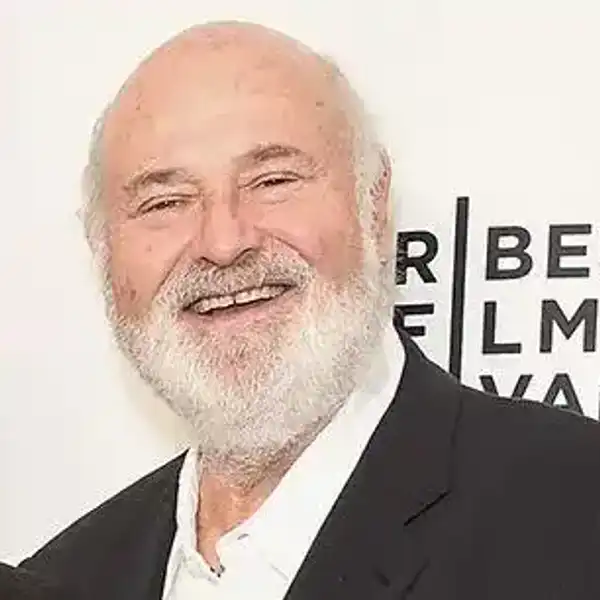Five Questions With… Harpdog Brown
The BC-based blues veteran talk about his fun new video, the style of his album For Love & Money, his artistic evolution, parenthood, and work as an electronic Bingo caller.

By Jason Schneider
British Columbia-based bluesman Harpdog Brown continues to ride the wave of critical acclaim for his latest album For Love & Money by releasing a new video for the song One Step Forward. Filmed at WISE Hall in Vancouver, and directed by Gene Greenwood, the video features an array of dancers from both Vancouver and Seattle, including Marianne Schmidt, who Vancouver blues fans will know for her almost mandatory presence at every blues show in town.
The video caps off a successful year for Harpdog that found him embracing new sounds on For Love & Money, produced by Juno winner Steve Dawson. A significant influence on the album was Harpdog’s recent discovery of familial ties to New Orleans, something that only reinforced his deep connection to the city’s musical legacy.
Less guitar-driven than his previous albums, For Love & Money leans heavier on piano and horns, in keeping with the New Orleans vibe, while staying true to Harpdog’s love of the blues styles associated with Chicago and Memphis.
It adds up to a fresh approach for Harpdog, sometimes referred to as a “blues evangelist” for his tireless devotion to the music and introducing it to a new generation. He’ll be spreading his gospel along the U.S. west coast throughout December, before kicking off 2020 at the International Blues Challenge in Memphis.
The new video for One Step Forward looks like it was a lot of fun to make. Where did you find the dancers?
My manager Ken Simms was behind that, and the fact is without Ken, none of this would have happened. I, of course, suggested the song and getting dancers, and using the WISE Hall on the east side of Vancouver.
Yes, it was huge fun. Having all those fine young—and some not so young—dancers brought the energy up, and it stayed up all day. We had folks from both Washington and Vancouver on this shoot, so it truly is proof there are no borders in art, and especially the art of blues music.
Your latest album For Love & Money has been getting a great response. What sets it apart from your past work?
That's a good question. It’s certainly no different in terms of the quality of players and studios or producers. I've been blessed most of my life in that department. But musically speaking, it’s a more lively album, as it’s more a combination of Chicago meets New Orleans. The other records were focused more on the classic era of the mid-50s Chicago blues. Having the young horns on it truly brought that NOLA sound, and not the Memphis Stax Records horn sound we are more accustomed to.
How would you describe your artistic evolution so far?
Well, first I'd have to say, I've pretty well stayed my course for the past 39 years. Truth be told, my first blues band was similar to the Uptown Blues Band: brass, reeds, and keys, and it wasn’t that dissimilar from the sound we went for on For Love & Money. So can I say I’ve come full circle? But with more life experience.
What's been the biggest change in your life over the past year?
When I became a father in 1997, I'd say it probably saved my life. I learned so much about myself and the importance of being there for others. So, I wouldn’t say anything’s changed. I’m always working on being centred and being the best dad I can be. I have a pretty honest relationship with my son who’s 22 now, and even though we don't communicate regularly, we always pick up right where we were last time. I'm kinda that way with most everyone I know.
What's something you'd like added or changed on your Wikipedia page?
I'd be happy to have it up to date, ha! Something most fans wouldn’t know about me is that I was the first electronic Bingo caller in Canada. It’s a long story, but maybe someday I'll give ya the details!

